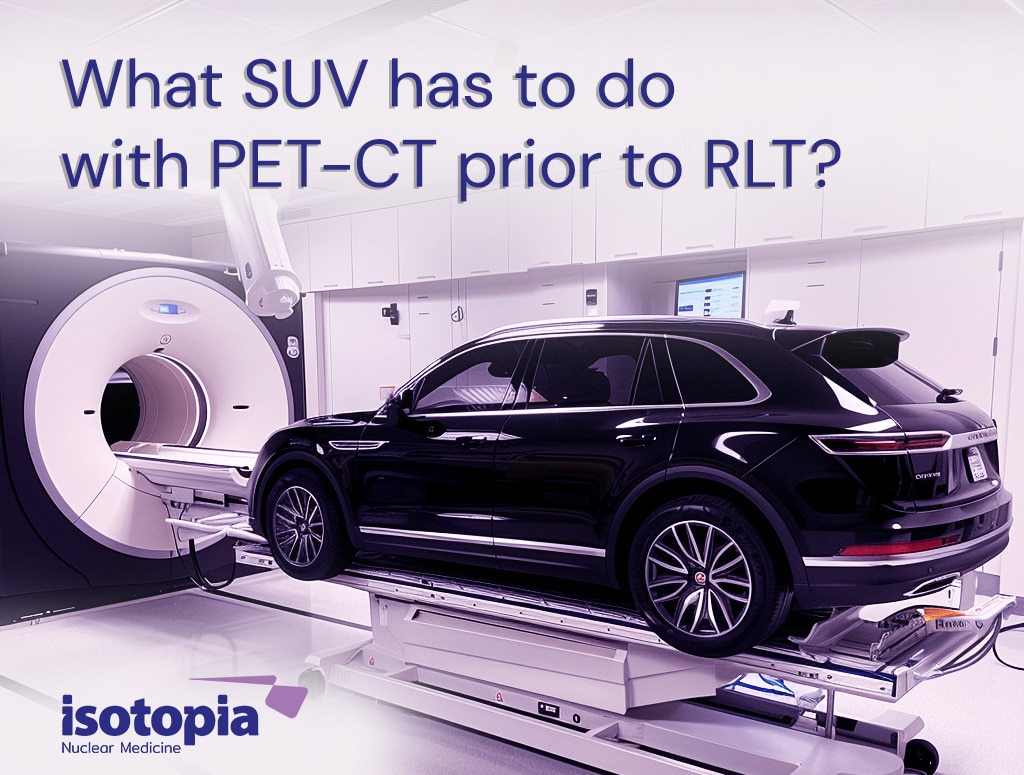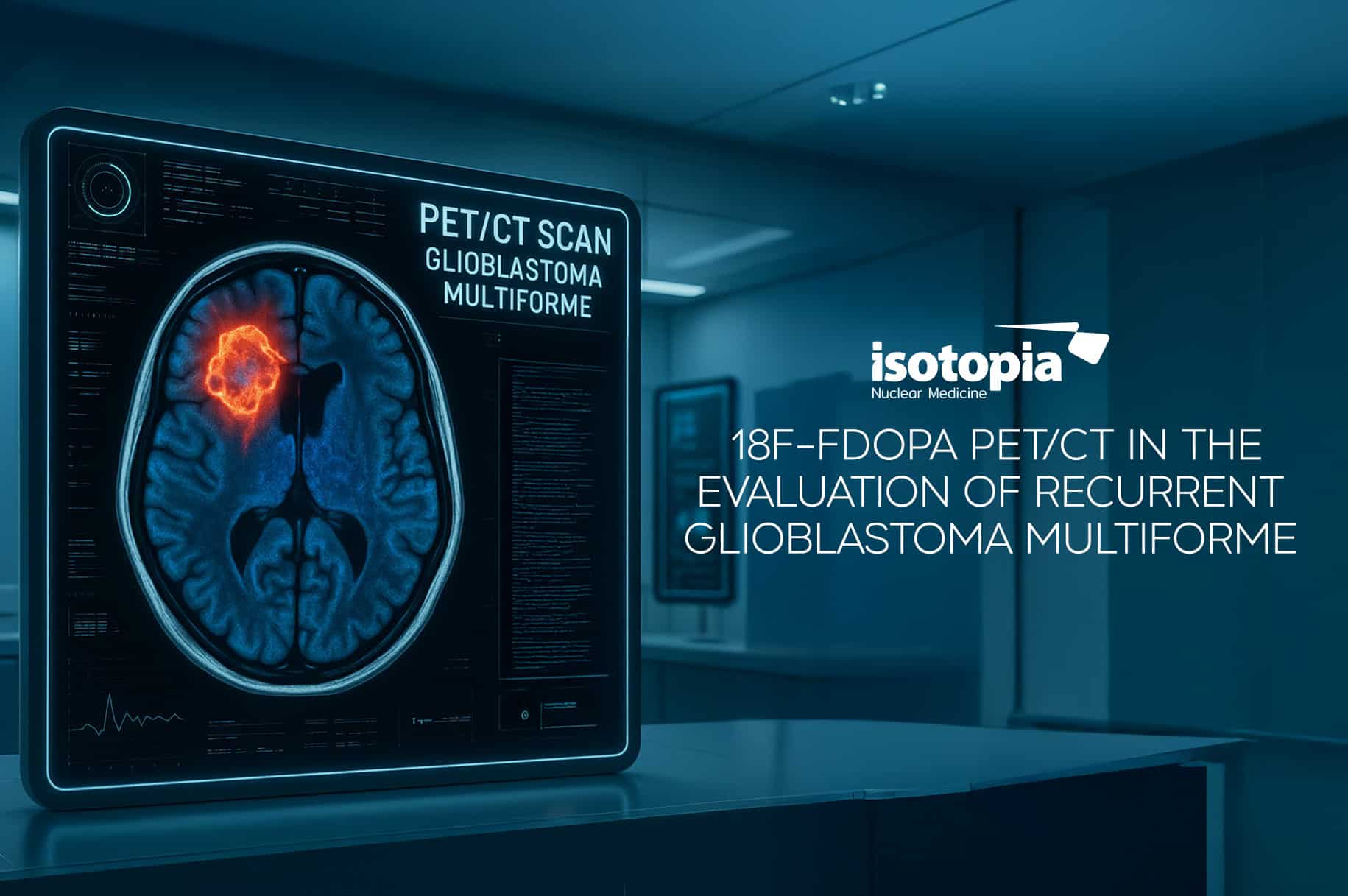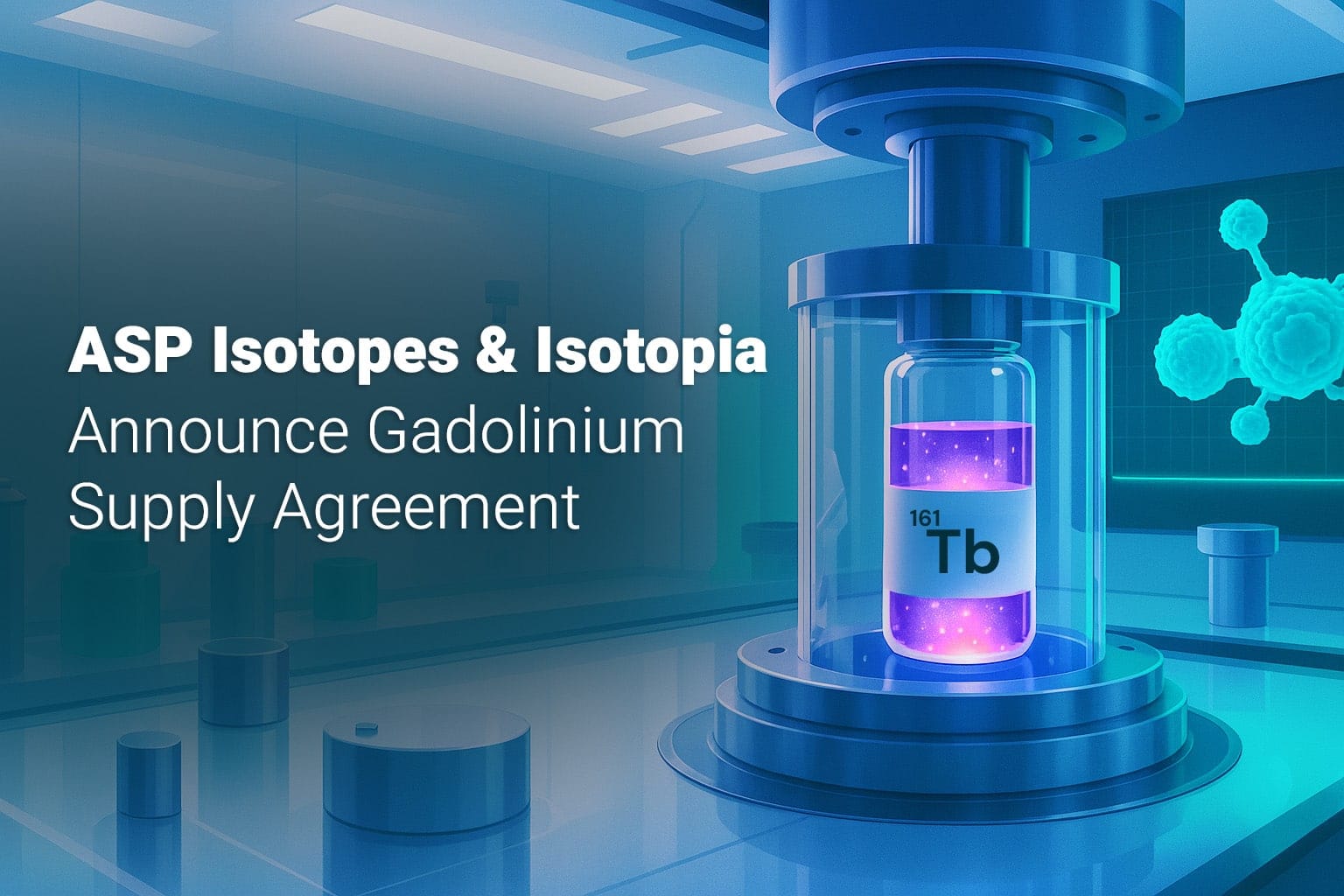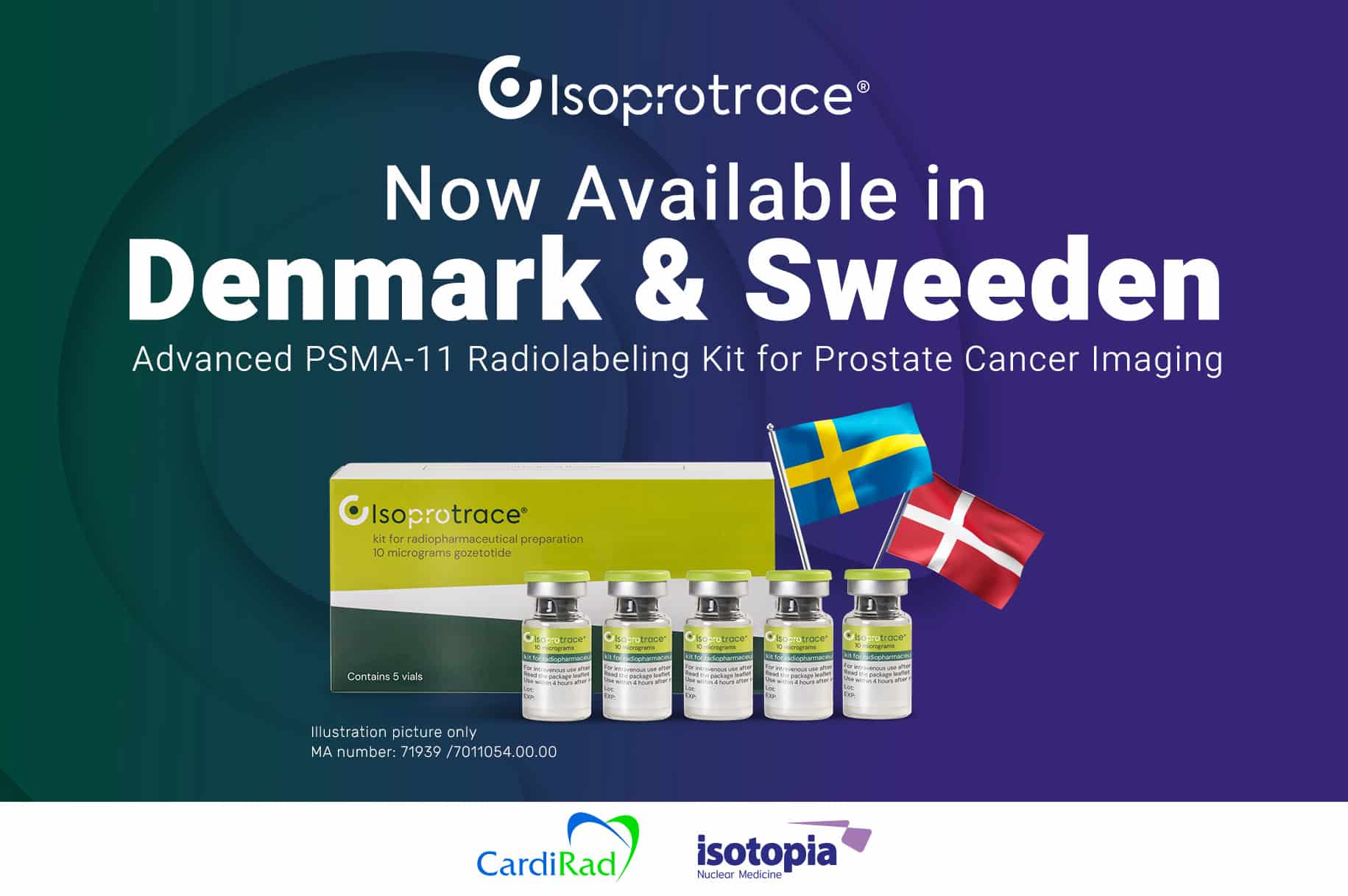’Simple Usable Value’ or ‘Smart Utility Vehicle’ in Medicine:
The Importance of the SUV Measure in Theranostics
Abstract:
The Standardized Uptake Value (SUV) is a measure used in positron emission tomography (PET) scans. It quantifies the concentration of a radiotracer, such as fluorodeoxyglucose (FDG), in a specific region of interest (ROI) within the body [1].
The precise definition of SUV is the ratio of radioactivity concentration in a tissue at a point in time divided by the injected dose of radioactivity per kilogram of the patient’s weight. Mathematically, it can be represented as:
Where:
- C(T) is the tissue radioactivity concentration at a point in time
- The injection dose is in megabecquerels (MBq)
- The patient’s weight is in kilograms (kg)
A higher SUV value indicates more uptakes in the tissue, which is reflected in the scan as a ‘hotter’ or brighter area. This can be seen in normal tissues like the brain, liver, and spleen, which take up more FDG than the rest of the body. Higher FDG SUV values can also be seen in cancers and in inflamed, infected, and bruised tissues.
In a recent editorial by Prof Michael Hofman in the November 2023 issue of the Journal of Nuclear Medicine entitled “The Hierarchy of SUVs: From Diagnostics to Therapeutics
and the Pathway to Effective Theranostics”, Prof Hofman underlines the importance of SUV as a measure for a successful theranostic approach [2]. Prof Hofman discusses the role of standardized uptake value (SUV) in selecting patients for theranostic treatments.
2. The earliest example of a very successful theranostic approach was used over 80 years ago by Dr Saul Hertz who introduced radioactive Iodine-131 for treating patients with benign and malignant thyroid conditions. Today, it remains an invaluable tool in treating thyroid cancer, boasting the highest tumor-to-background contrast among all oncologic radiopharmaceuticals.
This allows for the visualization and quantification of total-body biodistribution, with target-to-background contrast surpassing 1,000 and frequently reaching SUV in the 100s. The simplicity of radioiodine’s leveraging of the sodium iodine symporter to pump radiation to thyroid cancer cells remains unparalleled. It often achieves complete lifelong responses, making it a highly effective treatment option.
Prof Hofman also describes the recent developments and evidence for somatostatin receptor and prostate-specific membrane antigen (PSMA) theranostics for neuroendocrine and prostate cancers, which also show a dose–response relationship and require high SUVs for better efficacy.
Radiolabeled peptides targeting the somatostatin receptor and the prostate-specific membrane antigen (PSMA) receptor have become the new standard of care for treating neuroendocrine and prostate cancers, respectively. These treatments are highly effective and exceptionally well-tolerated. Radiolabeled peptides work by targeting cell-surface receptors, allowing for targeted radiation delivery to tumor cells. This targeted approach offers unique tumor-killing abilities, thus improving the lives of many patients with advanced metastatic disease.
Current theranostic treatments, while highly effective, mainly offer palliative outcomes. Additionally, high tumor doses are a prerequisite for meaningful anti-tumor activity, and pre-therapy PET/CT imaging and post-therapy dosimetry provide a critical yardstick. One limitation is that these treatments are not curative; hence, there is a need for new targeted agents with even more impressive tumor uptakes expressed by higher SUV values.
Can we influence and enhance the tumor’s SUV? And if so, how?
Enzalutamid, an androgen receptor blocker used in the treatment of prostate cancer, has been found to enhance the expression of Prostate-Specific Membrane Antigen (PSMA) in prostate cancer cells. This effect has been observed in in-vitro and in-vivo studies, as well as in clinical cases with low baseline PSMA avidity [3].
3/Furthermore, in a xenograft model (where human cancer cells are implanted into mice), treatment with enzalutamide led to an increase in PSMA expression. This was confirmed through PET-CT, which demonstrated higher tumor uptake of a PSMA-targeted radiotracer following enzalutamide treatment [3].
In a clinical case, a patient with metastatic castration-resistant prostate cancer (mCRPC) who had low baseline PSMA levels showed increased uptake of a PSMA-targeted radiotracer after treatment with enzalutamide [3].
These findings suggest that enzalutamide could potentially enhance the effectiveness of PSMA-targeted therapies in prostate cancer, particularly in patients with low baseline PSMA levels [3].
A step forward in this line of thinking was presented in the ENZA-p research trial where treatment with Enzalutamid is administered prior to therapy with 177-Lu-PSMA I&T [4].
During the last ESMO 2023 conference that took place in Madrid, Spain, 20-24 October, preliminary interim results of the ENZA-p research were presented [5].
It was shown that tumoral PSMA expression increased dramatically when Enzalutamid was given prior to 177-Lu-PSMA I&T therapy.
The following image showing PET PSMA at baseline (A) and after 9 days of Enzalutamid treatment (B) was presented at the ESMO meeting. It demonstrated increased tumor SUV after Enzalutamid treatment, leading to an increase in metastatic sites that are now visible due to an increment in PSMA receptors on the tumor cells.

This increment in SUV was translated to an improved PSA response rate (RR) as presented in the following diagrams (C):
C: PSA50RR and PSA90RR were higher with enzalutamide + LuPSMA vs enzalutamide-alone: 93% (77/83) vs 68% (54/79) (p<0.001) and 78% (65/83) vs 37% (29/79) (p<0.001), respectively.
Inventiveness and innovation are the necessary requisites for developing more molecular “Smart Utility Vehicles” that will promote the delivery and uptake of more ligands into tumors, which will be expressed as an SUV measure increment and, ultimately, will contribute to the effectiveness of RLT.
References
- https://radiopaedia.org/articles/standardised-uptake-value-suv?lang=us
- Michael S. Hofman. The Hierarchy of SUVs: From Diagnostics to Therapeutics and the Pathway to Effective Theranostics. Journal of Nuclear Medicine. December 2023, 64 (12) 1845-1847; DOI: https://doi.org/10.2967/jnumed.123.266930
- Staniszewska M, Fragoso Costa P, Eiber M, Klose JM, Wosniack J, Reis H, Szarvas T, Hadaschik B, Lückerath K, Herrmann K, et al. Enzalutamide Enhances PSMA Expression of PSMA-Low Prostate Cancer. International Journal of Molecular Sciences. 2021; 22(14):7431. https://doi.org/10.3390/ijms22147431
- Emmett, L., Subramaniam, S., Joshua, A.M., Crumbaker, M., Martin, A., Zhang, A.Y., Rana, N., Langford, A., Mitchell, J., Yip, S., Francis, R., Hofman, M.S., Sandhu, S., Azad, A., Gedye, C., McJannett, M., Stockler, M.R., Davis, I.D. and (2021), ENZA-p trial protocol: a randomized phase II trial using prostate-specific membrane antigen as a therapeutic target and prognostic indicator in men with metastatic castration-resistant prostate cancer treated with enzalutamide (ANZUP 1901). BJU Int, 128: 642-651.https://doi.org/10.1111/bju.15491
- https://www.urotoday.com/conference-highlights/esmo-2023/esmo-2023-prostate-cancer/147459-esmo-2023-enza-p-anzup-1901-enzalutamide-and-177lu-psma-617-in-poor-risk-metastatic-castration-resistant-prostate-cancer-mcrpc-a-randomized-phase-2-trial.html.

Haim Golan
MD MSc
Chief Medical Officer
Isotopia LTD






